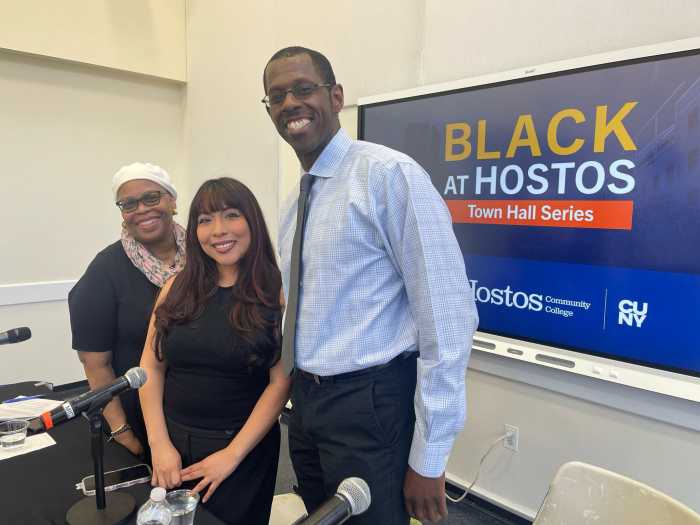It’s hard to overstate the importance of the early years in a child’s educational journey. The foundational literacy skills students develop between kindergarten and second grade set the stage for everything that comes after, from academic achievement to high school graduation to long-term economic opportunity.
Yet, across New York State, too many young learners are falling behind in literacy, a problem exacerbated by the COVID-19 pandemic. Only 31% of New York’s fourth graders are reading at grade level—a number that drops significantly for students from economically disadvantaged communities.
This is not a new problem, but it’s one we now have the tools to address. Research shows that high-impact tutoring—intensive, relationship-based, small-group or one-on-one instruction aligned with classroom learning—is the most effective approach to helping students catch up to grade level. It increases students’ learning by an additional three to 15 months.
It’s time for New York to center this proven intervention in its strategy to close academic gaps, accelerate student progress, and ensure all children have a fair shot at success.
That’s why we’re calling on lawmakers in Albany to include funding for high-impact tutoring in the state budget and support Assembly Bill A.2625 and Senate Bill S.1820. This legislation would create a statewide pilot program providing competitive grants to local districts to deliver high-impact tutoring to students who need it most. Critically, the program would prioritize students from historically underserved communities most impacted by pandemic-related learning loss.
As an associate professor and director of the Advanced Certificate in Reading Science at Brooklyn College, co-founder of CUNY Reading Corps, and founder of The Reading Institute, a nonprofit organization that expands access to research-based literacy interventions, I’ve seen firsthand the power of high-impact tutoring to transform outcomes for children and future teachers.
Our high-impact tutoring programs connect aspiring educators with kindergarten through second-grade students who need additional support in learning to read. Tutors receive robust training and ongoing coaching in structured literacy, and students receive effective instruction because it’s frequent (three to five times a week), intensive, and deeply aligned with the science of how children learn to read. As a result, children make real progress, future teachers enter the classroom with practical skills, and communities build pipelines of well-prepared educators.
High-impact tutoring can also improve student well-being and combat the rising rates of chronic absenteeism nationwide, as it has been shown to boost attendance. Not surprisingly, when students learn and succeed, school is a place they want to be.
In recent years, this model has been funded in 32 states. Now, to ensure all New York students—regardless of ZIP code—can benefit, we must make a statewide commitment.
With federal funding for pandemic-era tutoring programs ending, this is the moment for New York to step up. We need state investment to bring these life-changing supports to the children who need them most. Let’s support the proposed legislation to fund high-impact tutoring and allow every child in New York to thrive.
Dr. Katie Pace Miles is an associate professor and director of The Advanced Certificate in Reading Science at Brooklyn College, co-founder of CUNY Reading Corps, and founder of The Reading Institute.


































